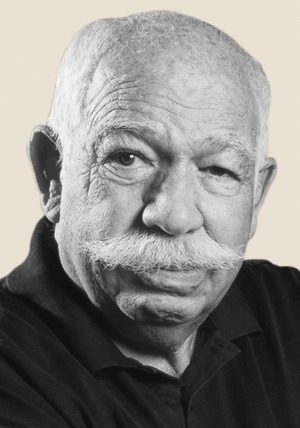Burton S. Sperber was a “passionate and accomplished” magician, says the California landscape architecture firm he founded and ran for decades. But it was Sperber's vision and tough business skills, not magic, that built Valley Crest Landscape Cos., Calabasas, into the billion-dollar business it became before recession nipped its bottom line. Sperber, 82, died on Sept. 30 in Santa Monica, Calif., of complications from surgery, says the firm.
With only a high school education and experience in his father's nursery, Sperber acquired a small landscape business in 1949 for $700 and was busy as post-WWII California boomed. Valley Crest helped its clients—ranging from commercial real estate developers and public agencies to Las Vegas casino owners and the Disney Co.—“create, build or maintain some of the world's extraordinary natural environments,” says the firm. Valley Crest landscaping projects have included interstates, college campuses, Disney's Animal Kingdom in Florida, Boston's Central Artery/Tunnel, the Getty Center in Los Angeles and a fast-tracked overhaul of Atlanta's Olympic stadium in 1996. The firm launched a design-build unit in 2006.
Sperber's son, Richard A. Sperber, was named co-CEO in 2008, when the founder became chairman. Valley Crest has about 9,000 employees in 150 U.S. locations and ranks at No. 54 on ENR's list of the Top 400 Contractors, with $835 million in 2010 revenue.
 |
| SPERBER |
Sperber was a Fellow in the American Society of Landscape Architects and former director of its foundation. Steve Wynn, chairman of Las Vegas-based Wynn Reports, says Sperber “was a wonderful businessman and built a great organization, which I am confident will continue just as he had intended.”
While Burt Sperber was known as just “the head gardener,” company executives note his deeper involvement in the business. Says a spokesman, “When he'd walk the branch offices, shops and yards, the managers [were] trailing behind all the time, soaking up Burt's advice and constructive criticism. On jobsites, he loved to challenge foremen and superintendents in correctly identifying trees and shrubs being installed. He always believed that getting into the field to see and be seen by laborers, foremen, crew leaders and superintendents is a primary responsibility of management.”




Post a comment to this article
Report Abusive Comment